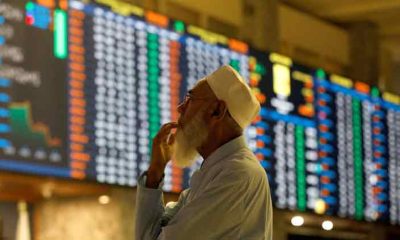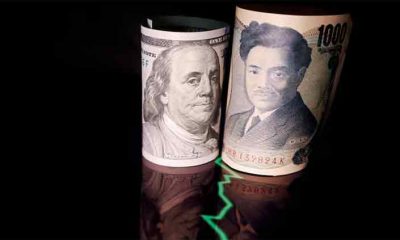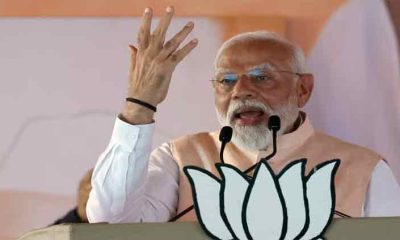Four years since the outbreak of the COVID-19 pandemic, Britain remains beset by a persistent rise in working-age people who do not have a job and are not seeking one, a trend that sets it apart from its peers.
Britain is the only Group of Seven (G7) economy where the share of working-age people outside the workforce remains higher than before the pandemic, slowing its growth and boosting inflation.
A smaller size of the workforce in proportion to the population typically reduces average economic output, which if not matched by an equivalent drop in demand for goods and services puts upward pressure on inflation.
The country’s fiscal watchdog, the Office for Budget Responsibility, says rising labour market inactivity is likely to cancel out the positive impact on the economy of a growing population and last month it cut its estimate for output per person, in part because of the problem.
Last July, the OBR estimated a 1.2 percentage point rise in the inactivity rate would reduce gross domestic product by 1.5 per cent and increase annual government borrowing by 21 billion pounds ($26bn).
The Bank of England is worried that a smaller workforce will sustain inflation by increasing labour shortages and keeping pressure on wages, making it harder to cut interest rates.
Official data published on Tuesday showed the inactivity rate hit an eight-and-a-half-year high, with more than one in five Britons aged 16-64 neither working nor looking for work.
“Rising inactivity – and its impact on the public finances, the benefits system, and people’s wider health and wellbeing – is one of the biggest economic challenges facing both this government, and whoever wins the next election,” said Charlie McCurdy, an economist at the Resolution Foundation think tank.
People are considered economically inactive if they do not have a job and have not looked for work in the past four weeks, or are not ready to start one in the next two weeks.
That can include full-time students – whose education is usually pays off over the longer term – and a small number of people who have given up looking for a job. But it also covers the sick and early retirees.
Before the pandemic, British rates of inactivity had been falling steadily since 2010, dropping to their lowest in nearly 50 years at 20.5pc of the population aged 16-64 immediately before the COVID-19 lockdowns in early 2020.
Labour market participation fell and inactivity rates then rose, hitting their highest since mid-2015 in the three months to February at 22.2pc, Tuesday’s data showed.
Unemployment hit a six-month high of 4.2pc in the same period but remains low by pre-pandemic standards.
Inactivity appears to be becoming more persistent, too.
The proportion of inactive working age people who tell the Office for National Statistics that they want a job has fallen steadily since 2015 with the exception of a sharp jump at the start of the pandemic. It was just 18.1pc in the three months to February, its lowest in records dating back over 30 years.
The number of Britons aged 16-64 who are outside the workforce has risen by more than 850,000 over the past four years to 9.4 million, the highest since 2012.
The number of people outside the workforce who tell the ONS they want a job has fallen by nearly 200,000 to 1.7 million, while those who do not want one has risen by over a million to 7.7 million, based on Reuters calculations.
According to the standard international definition used by the ONS, people only count as unemployed, rather than inactive, if they can start work in the next two weeks and have actively looked for a job in the past four weeks.
Overall, the biggest increase has been among the long-term sick – whose numbers have risen to 2.83 million from 2.16 million – and full-time students whose numbers have risen to 2.57 million from 2.18 million.
Early retirement, on the other hand, played no significant role, with the numbers broadly steady throughout that period.
Last year, the OBR estimated that around a quarter of working-age adults who were inactive for health reasons were on a waiting list for publicly funded treatment.
However, it said detailed analysis suggested waiting times were “unlikely to have been a significant driver” of increased inactivity due to long-term sickness.
Post Views: 18


 Sports3 months ago
Sports3 months ago
 Sports3 months ago
Sports3 months ago
 Fashion2 months ago
Fashion2 months ago
 pakistan3 months ago
pakistan3 months ago
 pakistan3 months ago
pakistan3 months ago
 World2 months ago
World2 months ago
 Sports2 months ago
Sports2 months ago
 World2 months ago
World2 months ago






















